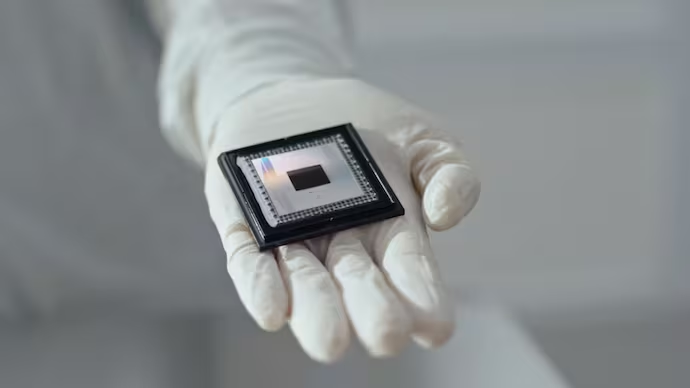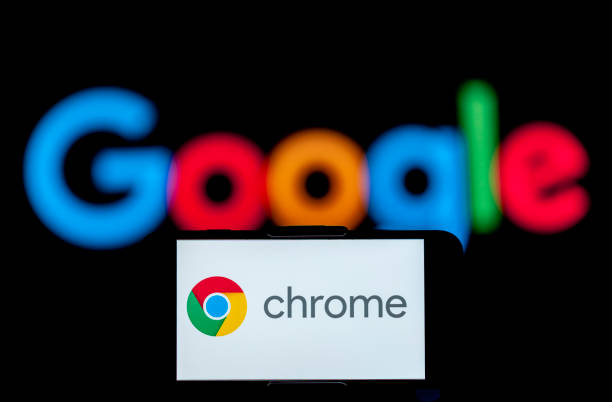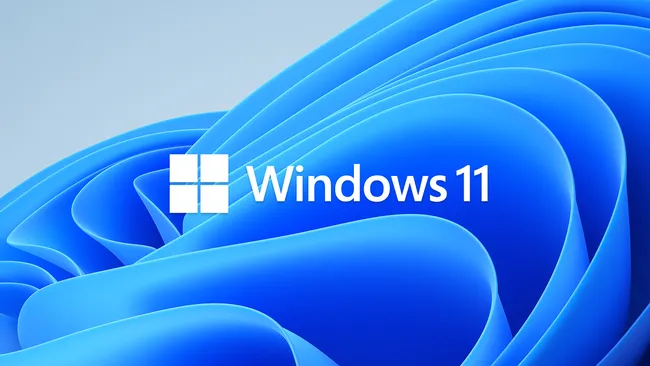Google Unveils Quantum Breakthrough with Willow Chip

Google has once again pushed the boundaries of technology with the launch of its new quantum computing chip, Willow. This groundbreaking development promises to tackle a critical challenge in quantum computing: error correction, enabling more accurate and scalable quantum processors. The Willow chip represents a major step forward in Google’s efforts to achieve practical quantum supremacy, which could revolutionize fields such as cryptography, materials science, and complex systems modelling.
Background of Google’s Quantum Computing Journey
Google’s journey into quantum computing began in earnest with its Quantum AI lab, established in 2013. The lab gained global attention in 2019 when Google announced its Sycamore quantum processor had achieved “quantum supremacy” by solving a problem in minutes that would take classical supercomputers thousands of years. This milestone demonstrated the potential of quantum systems but also highlighted the obstacles, particularly the issue of error rates, that prevent these systems from being reliable for practical applications.
The Willow Chip: Key Innovations and Specifications
Willow, equipped with 105 qubits, marks a new era of performance. Google has focused on improving the quality of qubits, rather than merely increasing their quantity. This strategy has resulted in unprecedented advancements in quantum error correction—a critical aspect of scaling quantum systems.
In experimental tests, the team at Google’s Quantum AI lab achieved exponential reductions in error rates by scaling qubit grids. Starting with a 3×3 grid and progressing to 5×5 and 7×7, each iteration halved the error rate, a phenomenon known as “below threshold.” This breakthrough is expected to unlock new possibilities for building larger, more reliable quantum processors.
Google CEO Sundar Pichai described Willow as a solution to a “30-year challenge” in quantum error correction. He also suggested the potential application of quantum clusters in space, a concept endorsed by Elon Musk in a collaborative discussion on social media.
Implications for Cryptography and Beyond
Willow’s innovations have sparked discussions about the potential impact of quantum computing on modern encryption. Currently, widely used cryptographic systems like Bitcoin’s blockchain are secure against existing quantum computers. Experts estimate that breaking Bitcoin’s encryption would require quantum machines with millions of qubits, a milestone still far from reach. However, the progress represented by Willow emphasizes the urgency of developing quantum-resistant cryptography.
Quantum computing’s broader implications include breakthroughs in drug discovery, climate modelling, and financial systems optimization. With Willow, Google is edging closer to a future where these possibilities become reality.
Future Roadmap
The Willow chip marks the second milestone on Google’s six-step quantum roadmap, which the company aims to complete by 2030. The ultimate goal is to create error-free quantum systems capable of solving problems intractable for classical computers.
Hartmut Neven, head of Google Quantum AI, emphasized the importance of quality in quantum computing:
“We’re focusing on quality, not just quantity—because producing larger numbers of qubits doesn’t help if they’re not high enough quality.”





